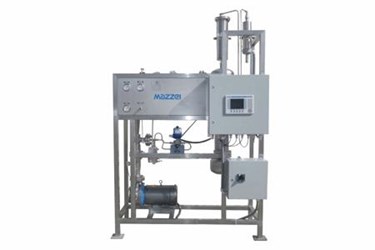Ozone Resolves Hydrogen Sulfide And Color Issues In Well Water

A potable water plant in Eastern Angelina County, Texas, serves over 2,000 rural customers. The Utility District faced aesthetic issues with Hydrogen Sulfide (H2S) and color due to the presence of tannic acids in the source water. While the presence of these contaminants is not uncommon, the conventional treatment methods being utilized— aeration and chlorine injection — were ineffective at color, taste and odor control and held the potential for exceeding regulated disinfection by-products Trihalomethanes (THMs) and Haloacetic Acids (HAA5) formation.
Read the full case study to learn how a packaged ozone system incorporating the highly efficient Mazzei GDT ozone contacting system was shown to allow tight control of the dissolved ozone levels to reduce color, taste and odor concerns while avoiding the formation of regulated disinfection by-products including THMs, HAA5 and bromate.
Get unlimited access to:
Enter your credentials below to log in. Not yet a member of Water Online? Subscribe today.
